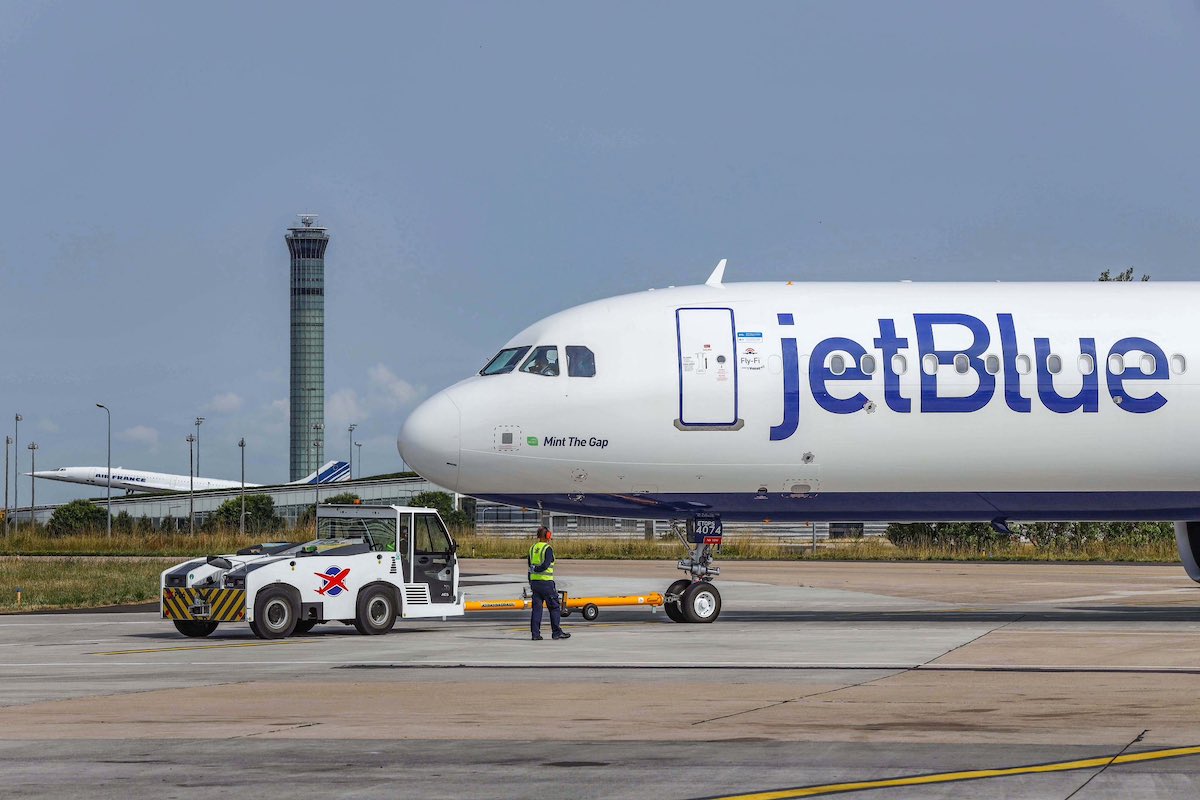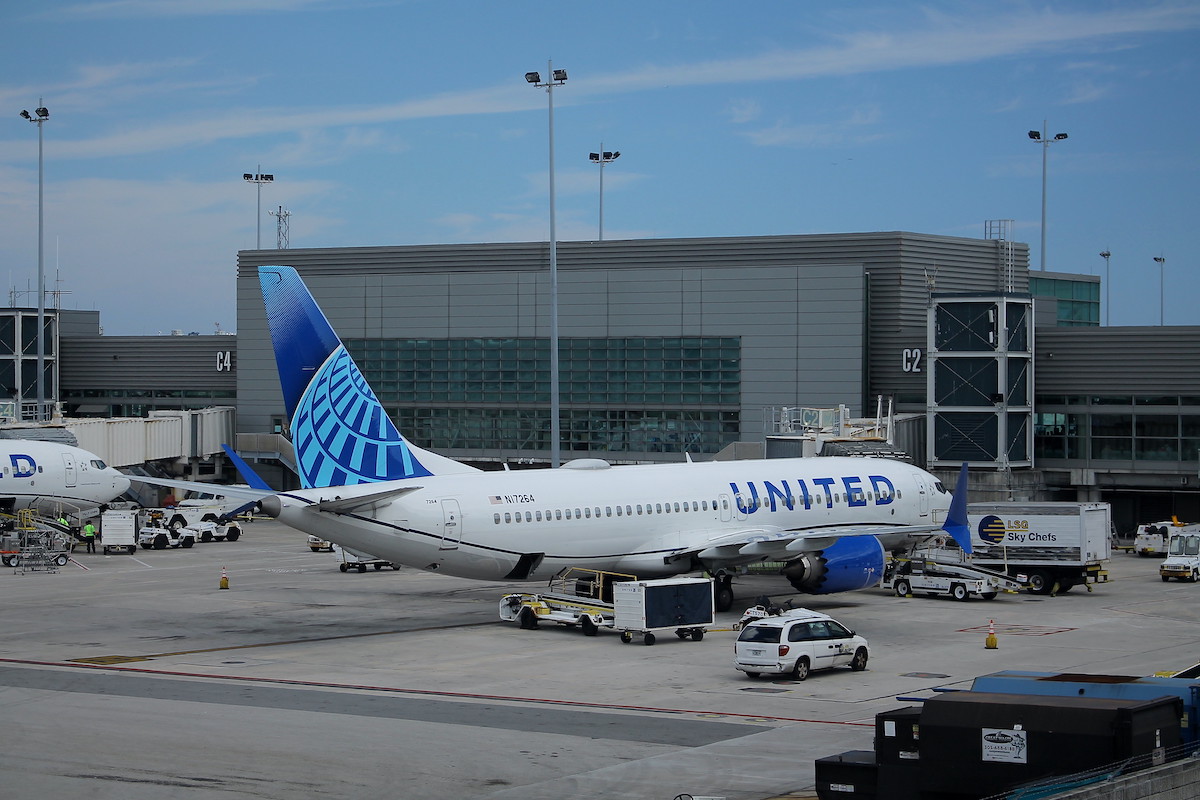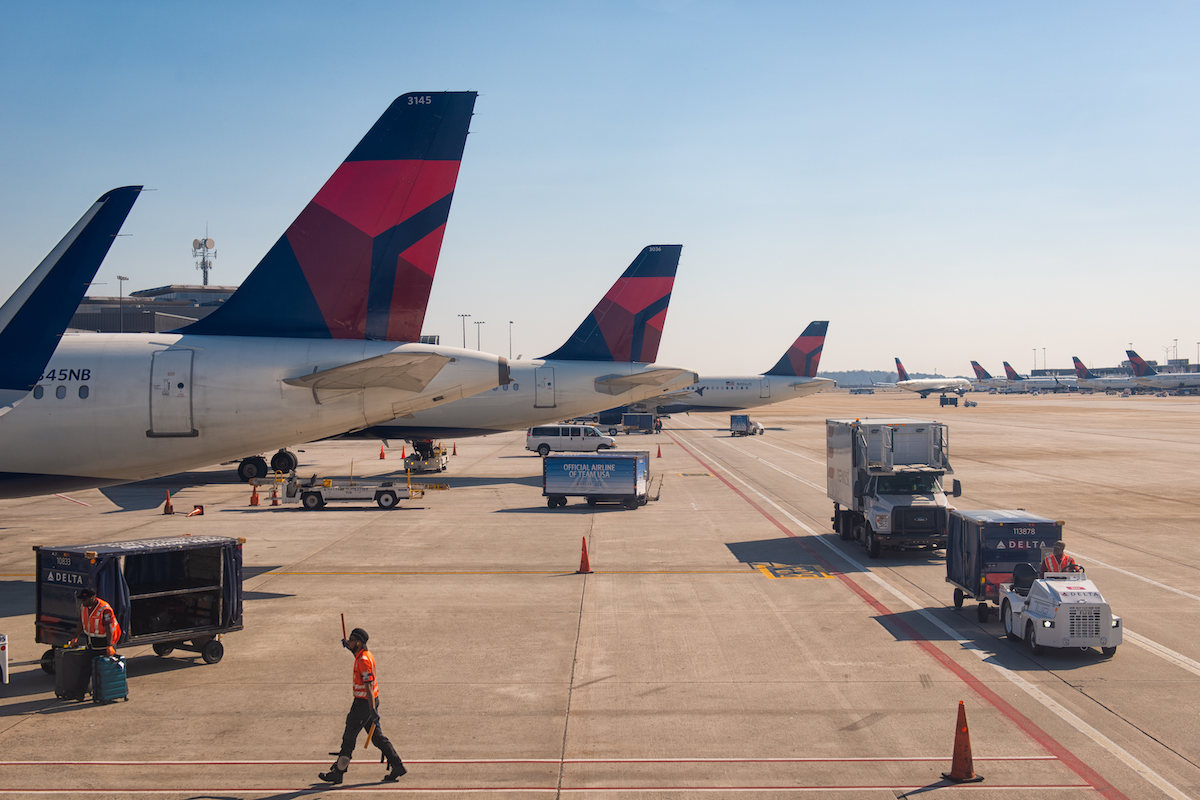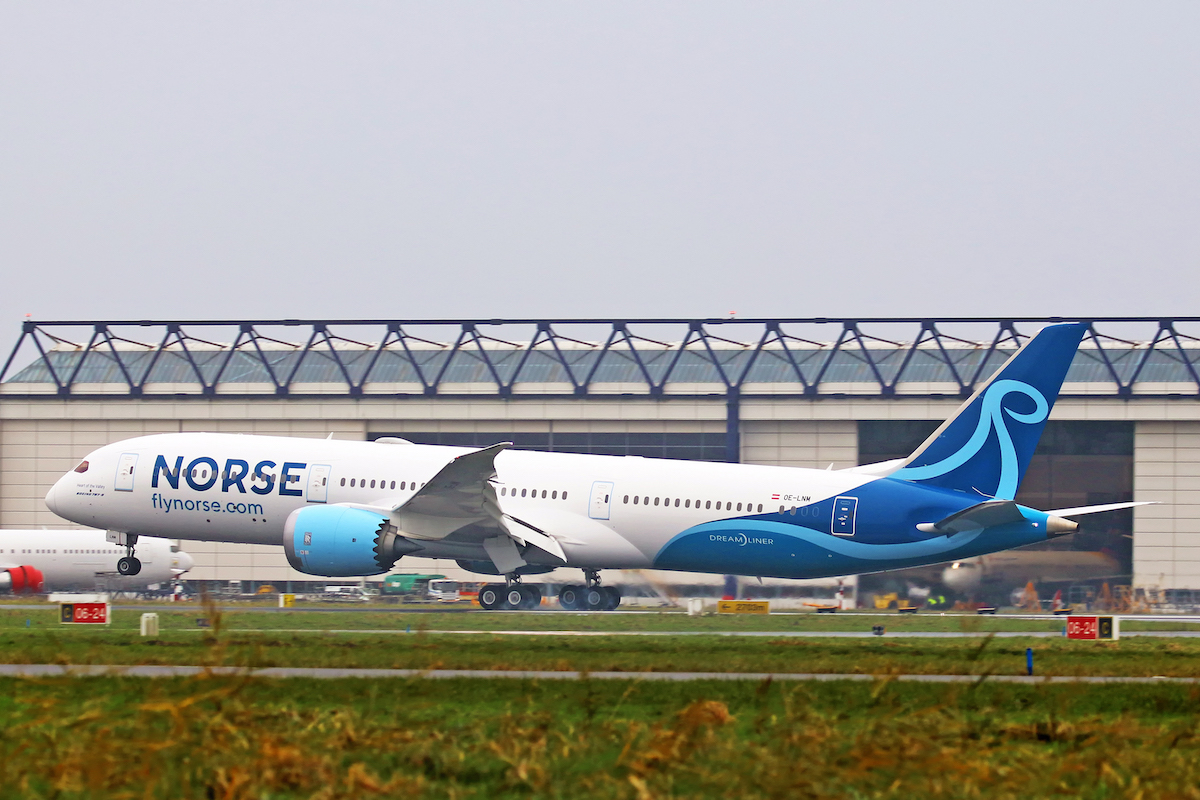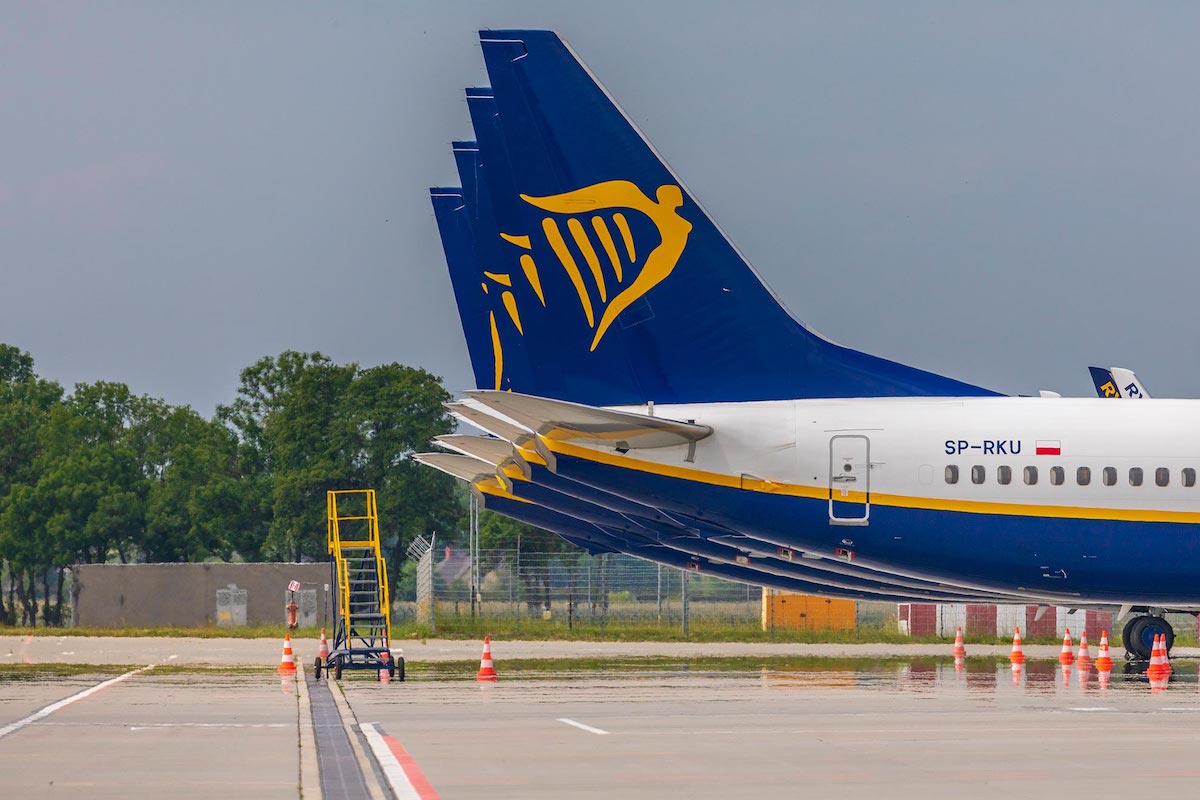In a year of eye-popping aviation statistics, the following may be the most eye-popping yet. The U.S. Energy Information Administration (EIA) said demand for jet fuel in May was the lowest since 1968. May jet fuel demand fell 67% year-over-year.
This stat starkly illustrates the near-total collapse of air travel. The industry now is much, much larger than it was in 1968 (although, yes, jets back then were much less fuel-efficient). Jet fuel prices are low, down to $1 per gallon in July. You’d have to go back to January 2016 to find jet fuel prices that low, and back to about 2004 for jet fuel prices to regularly be below the $1 threshold, EIA data show.
Since May, the situation has improved somewhat. The International Energy Agency (IEA) reports demand for jet fuel bottomed out in May but started to climb again by the end of that month. But it’s a slow climb, and demand still is historically low. Moreover, stockpiles of jet fuel and other “middle distillates” are rising, and this even as OPEC cut production to 1991 levels. (The cartel since has said it will start to ease those cuts this month in anticipation of higher demand.)
Back in 2012, Delta seemed prescient when it bought a refinery in Trainer, Pennsylvania, now the airline’s Monroe Energy unit. Then, when jet fuel’s per-gallon price was north of $3, the refinery was a natural hedge and secured the airline’s supply for fuel on the East Coast (and had the added benefit of revenues from other distillates, like gasoline and diesel).
That bet isn’t looking so great now. The refinery never did live up to its promise. The world is awash in cheap jet fuel, and demand for air travel is historically weak. Delta’s refinery lost $114 million in the second quarter. Whether Delta will sell the facility remains an open question, but with oil relatively cheap and no shortage of refining capacity, who would buy it?

